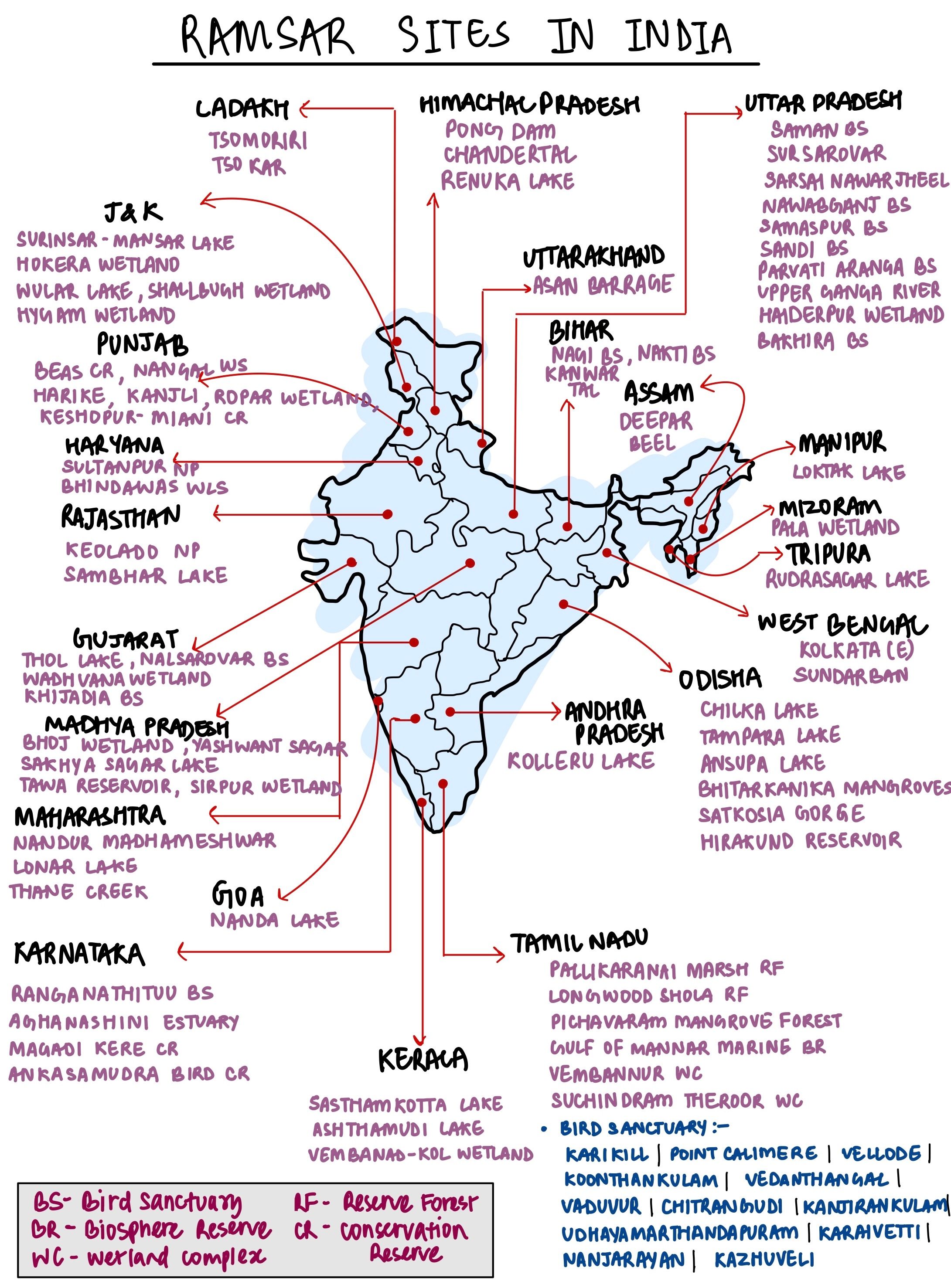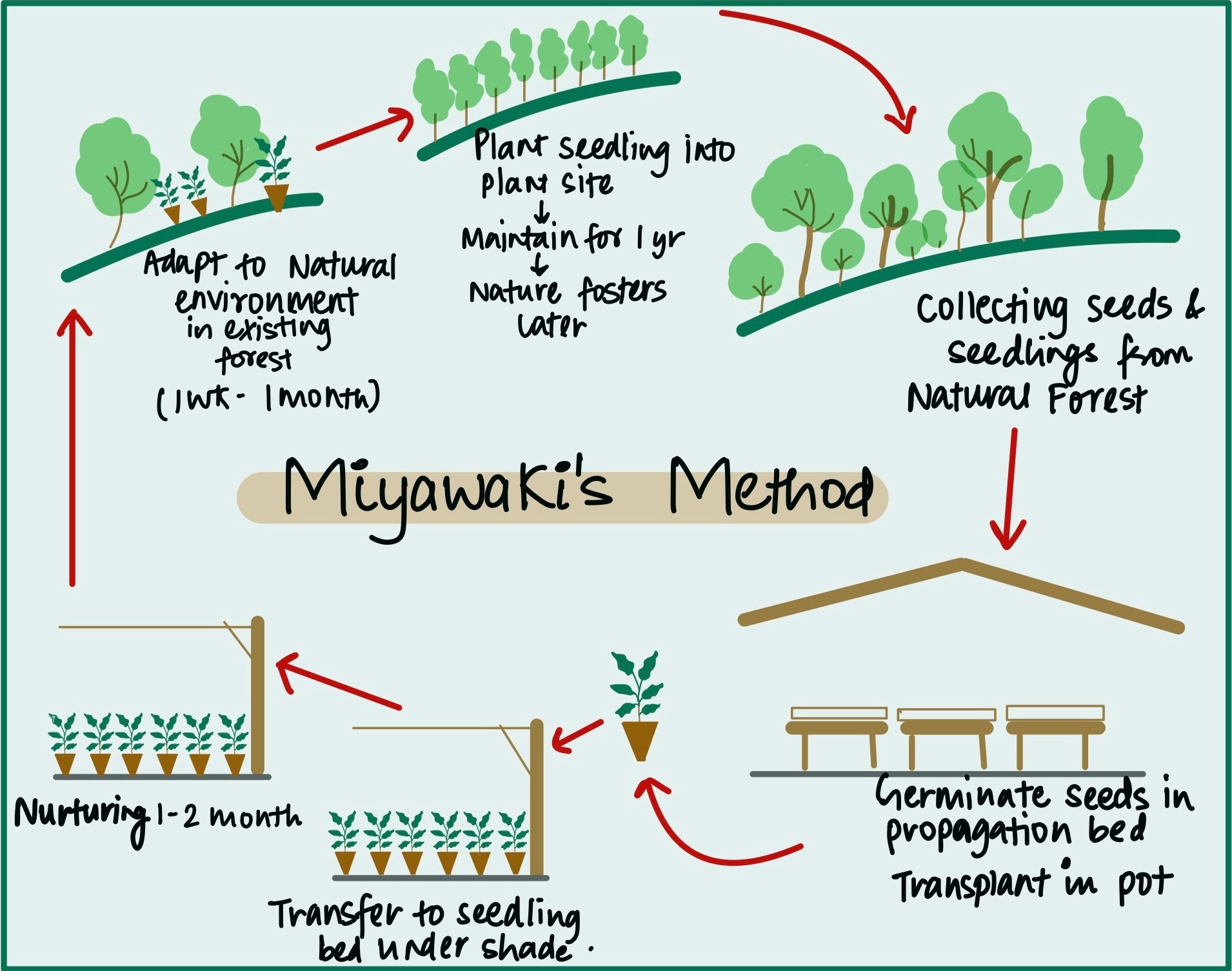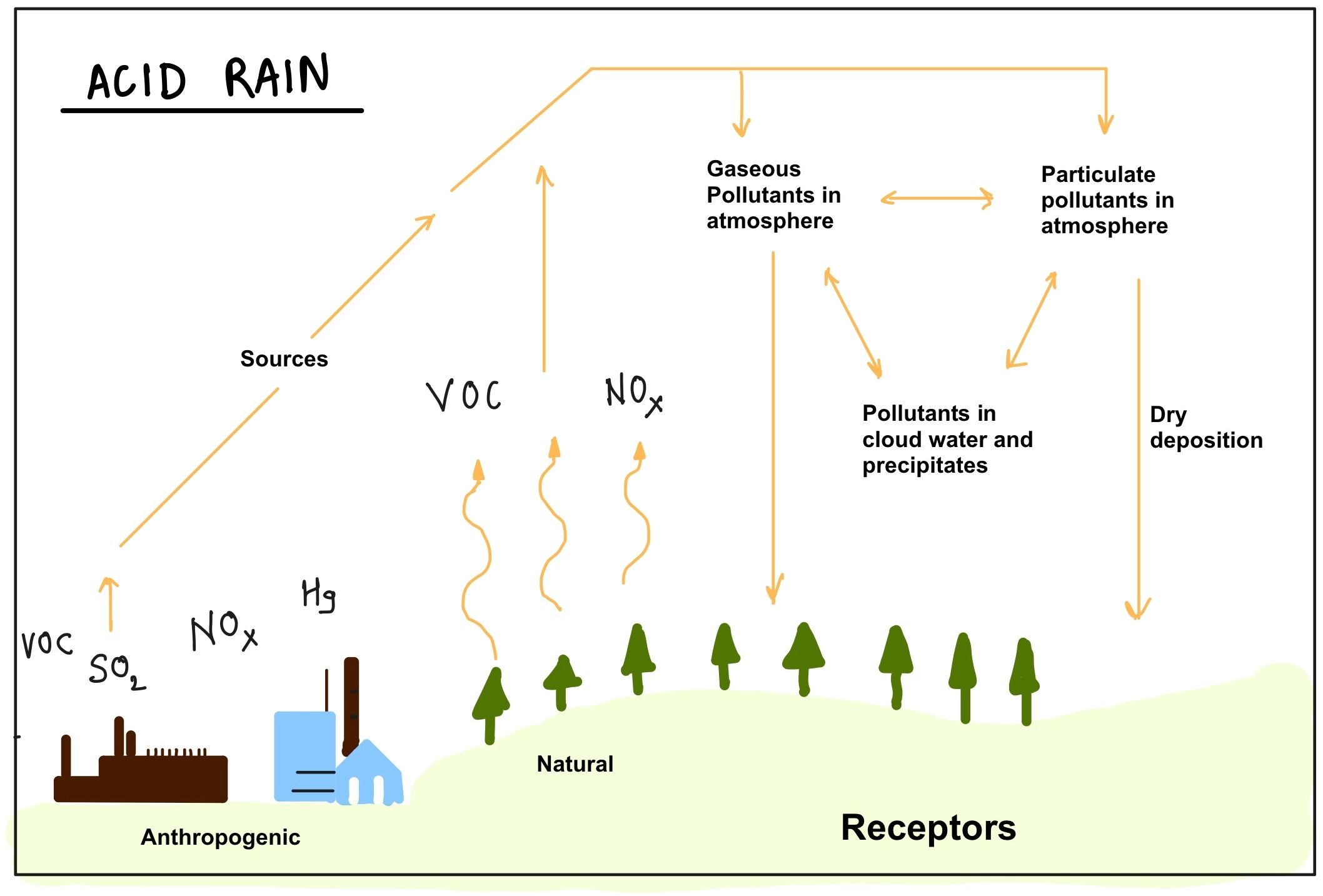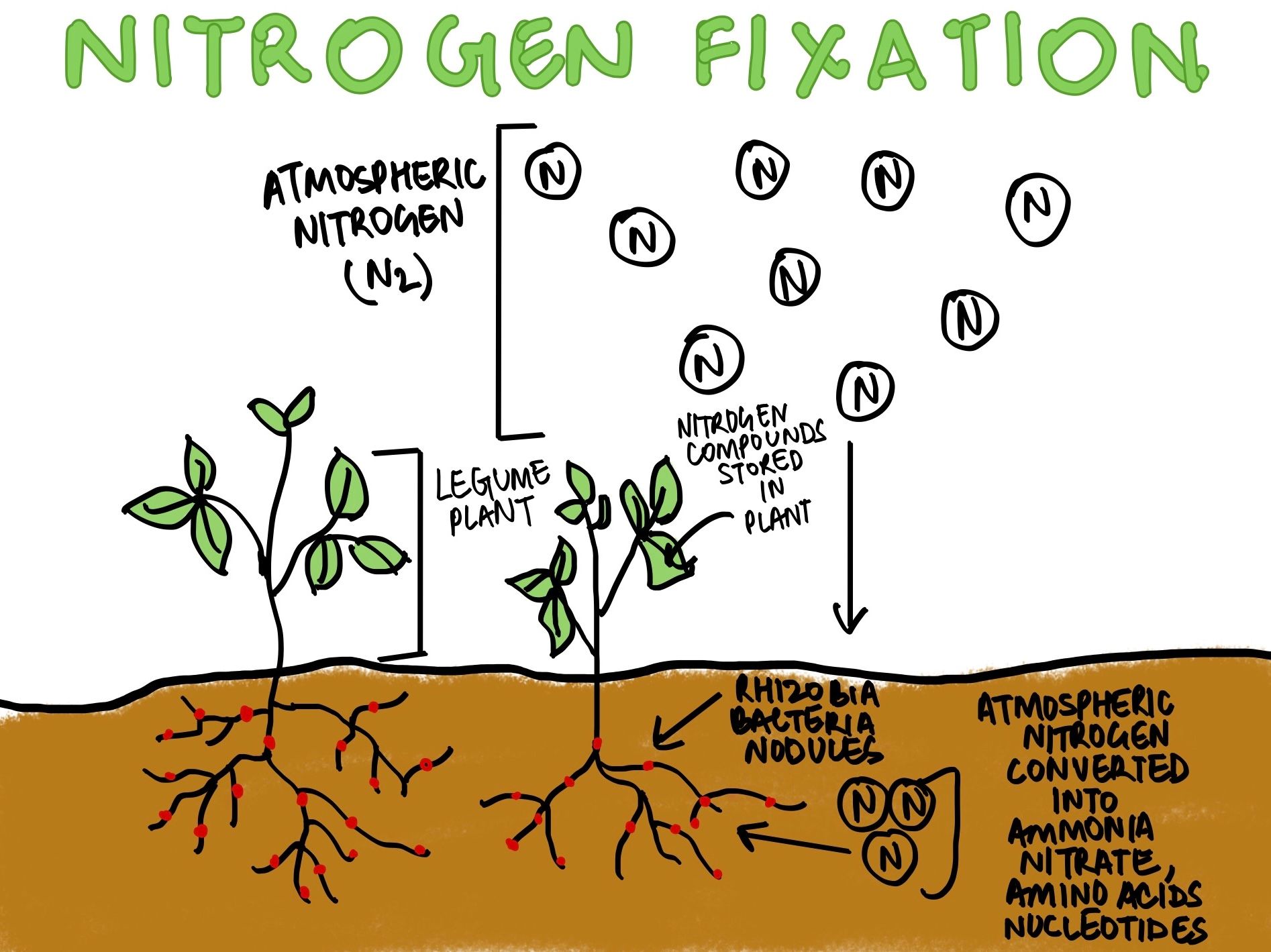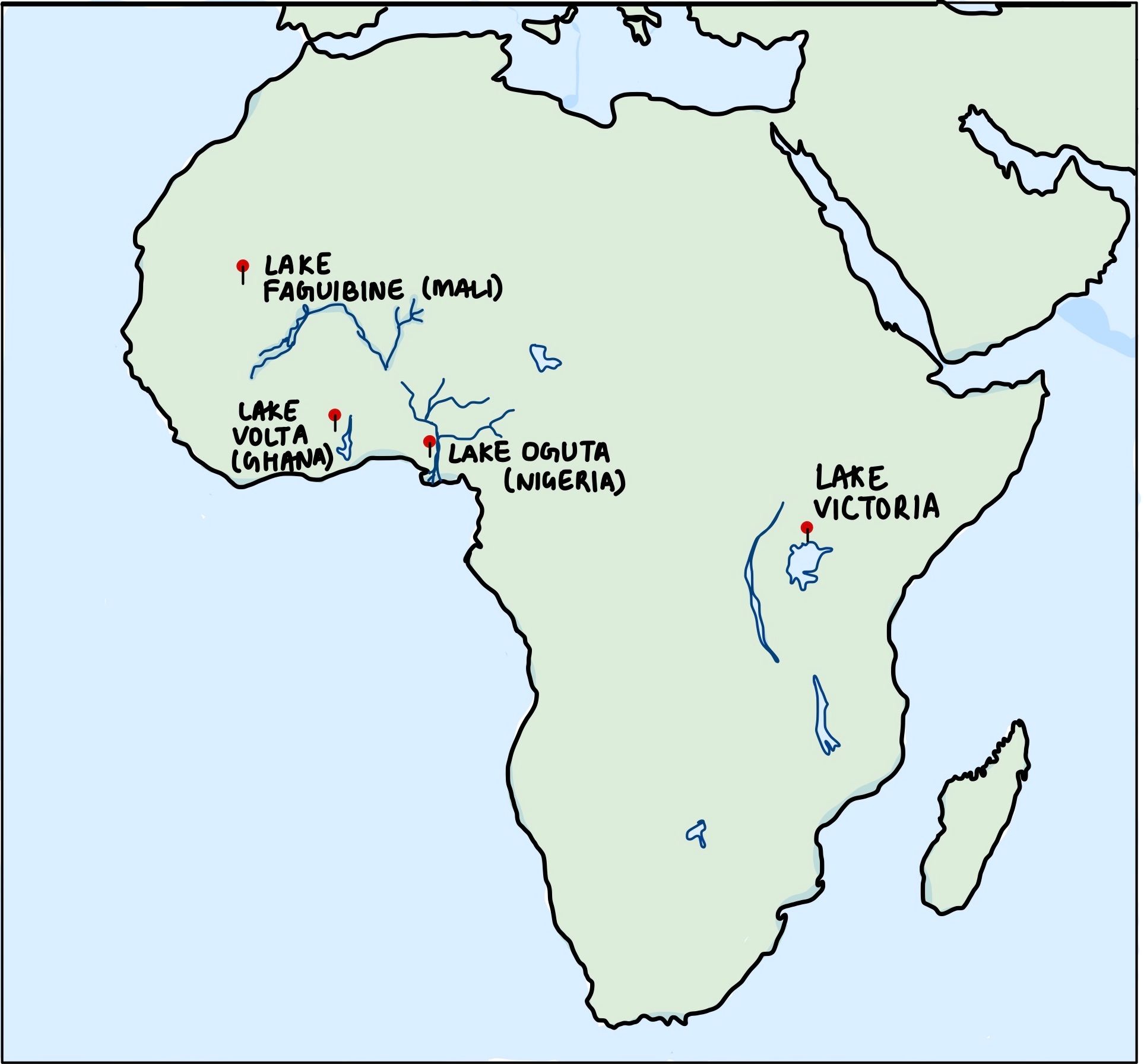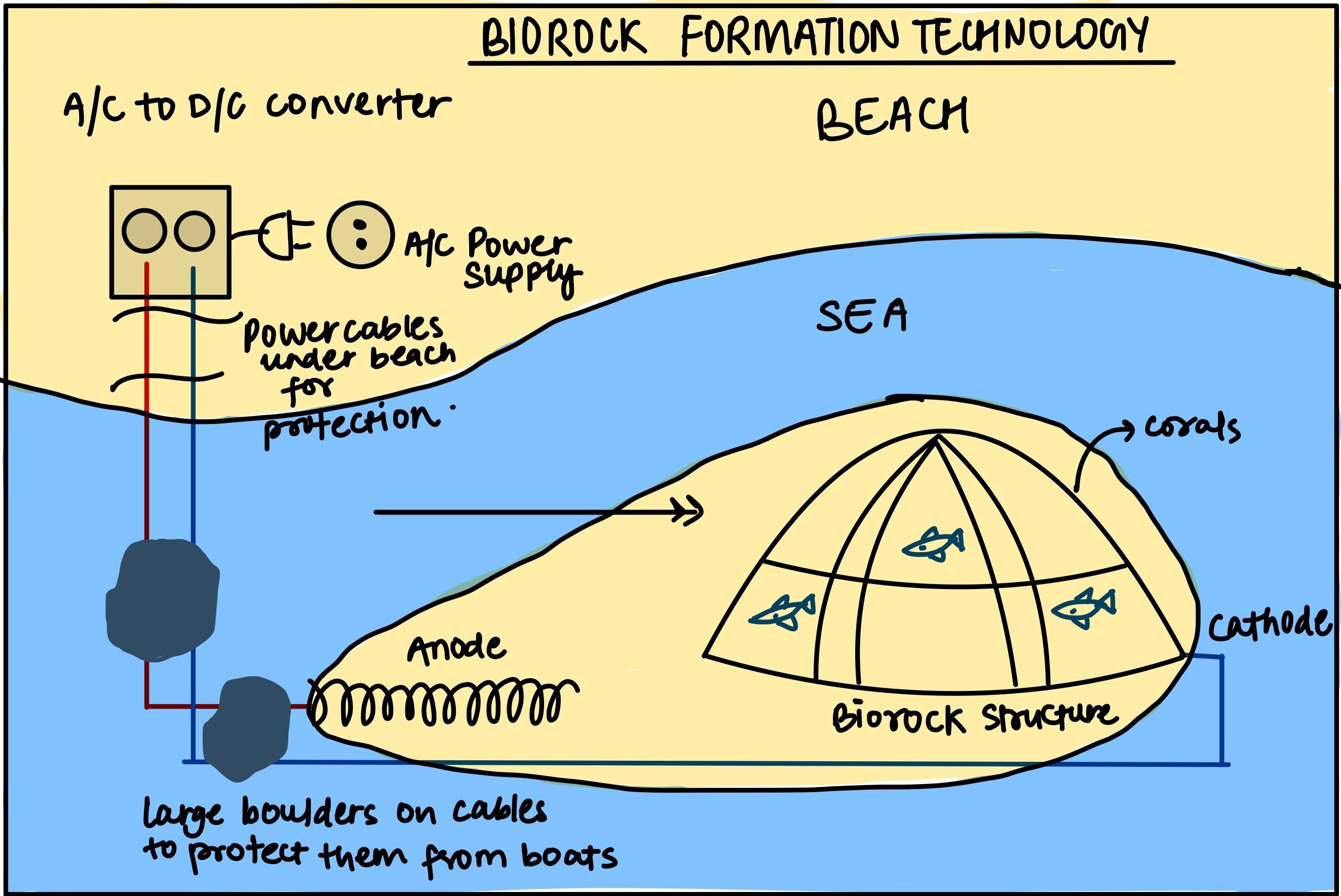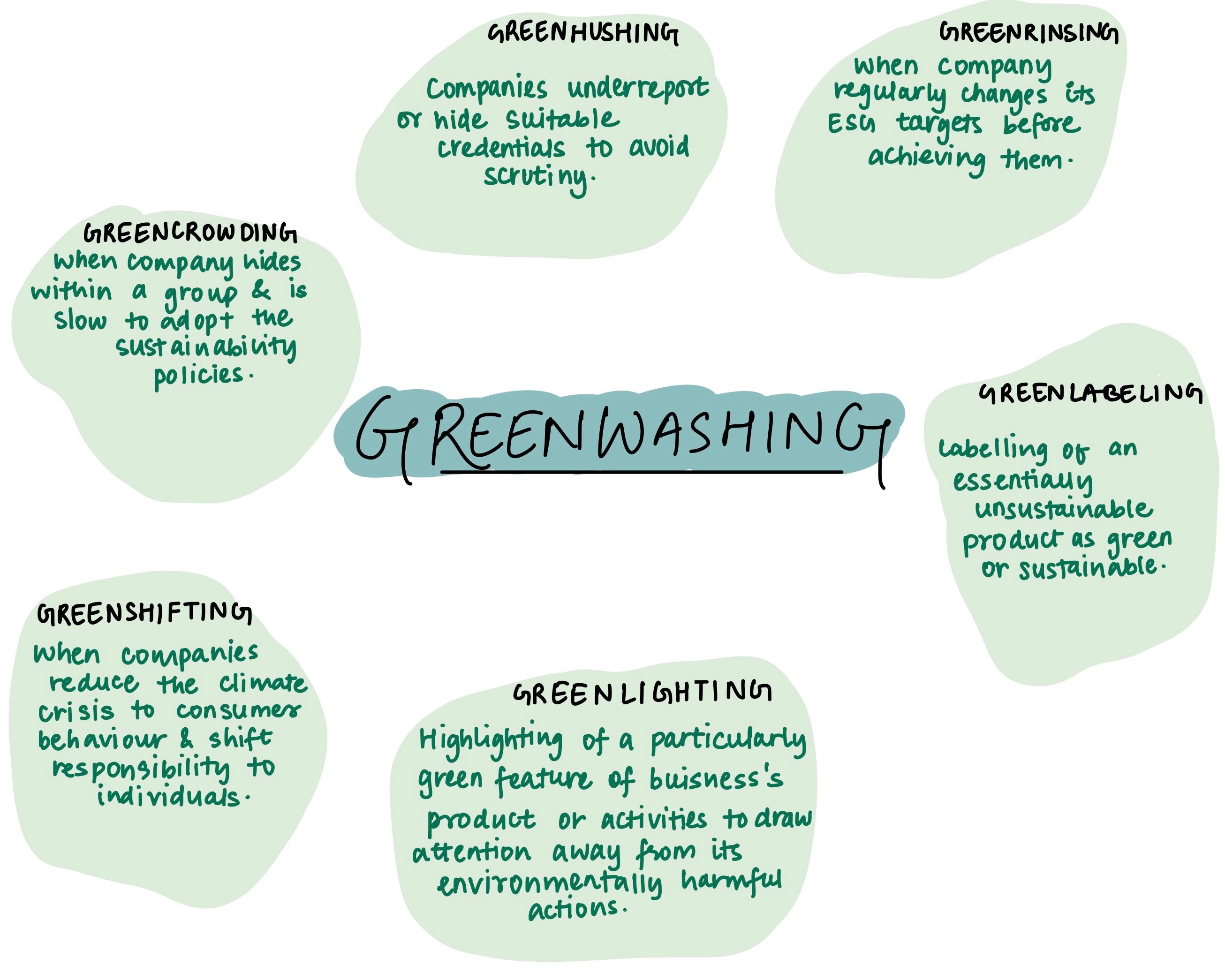UPSC Prelims 2022 Analysis
Subject-Wise Weightage
- Environment & Ecology (18 questions): The highest representation, emphasizing topics like biodiversity, climate change, and maps for environmental hotspots.
- Economy (16 questions): Focused on fiscal policies, budget trends, and government schemes.
- Science & Technology (15 questions): Covered emerging technologies, space missions, and their applications.
- Indian Polity (12 questions): Standard focus on constitutional principles, assertion-based questions, and governance issues.
- Other Notable Areas: International Relations (11), Art & Culture (7), and Geography (10 combined), with many match the following type questions.

Difficulty Analysis
- Easy (25 questions): Covered fundamental NCERT concepts and basic factual recall.
- Medium (48 questions): Required analytical abilities, conceptual clarity, and deeper reasoning.
- Hard (27 questions): Tested multi-dimensional application and assertion-reasoning skills.

Variations in Question Framing
- Multi-Statement (72 questions): Most questions were assertion-reason or "how many of the above are correct?" formats.
- Direct (28 questions): Fact-based, often sourced from NCERT and standard books.
- Match the Following: Commonly seen in Geography, Environment, and Economy questions.

Key Learnings for Future Preparation
- Leverage Easy Questions (25): Build a strong NCERT foundation to secure these marks.
- Prepare for Medium-Difficulty Questions (48): Strengthen analytical abilities to handle the majority of the paper effectively.
- Strategize for Hard Questions (27): Tackle assertion-based and multi-concept questions using elimination techniques.
- Practice Multi-Statement Questions: Since they dominate the paper, mastering them is essential.
- Focus on High-Weightage Subjects: Prioritize Environment, Economy, and Science, given their significant share in the exam.
- Stay Updated with Current Affairs: Particularly for Economy (budget, fiscal policies), Environment, and International Relations, integrate recent developments into your preparation.
Subject-Wise Answer Key
QUESTION 1
Medium
Environment & Ecology
Prelims 2022
In the context of WHO Air Quality Guidelines, consider the following statements:
- The 24-hour mean of PM2.5 should not exceed 15 ug/m3 and annual mean of PM2.5 should not exceed 5 ug/m3.
- In a year, the highest levels of ozone pollution occur during the periods of inclement weather.
- PM10 can penetrate the lung barrier and enter the bloodstream.
- Excessive ozone in the air can trigger asthma.
Which of the statements given above are correct?
A. 1, 3 and 4
B. 1 and 4 only
C. 2, 3 and 4
D. 1 and 2 only
QUESTION 2
Hard
Environment & Ecology
Prelims 2022
Consider the following pairs:
Wetland/Lake - Location
- Hokera Wetland - Punjab
- Renuka Wetland - Himachal Pradesh
- Rudrasagar Lake - Tripura
- Sasthamkotta - Tamil Nadu Lake
How many pairs given above are correctly matched ?
A. Only one pair
B. Only two pairs
C. Only three pairs
D. All four pairs
QUESTION 3
Easy
Environment & Ecology
Prelims 2022
The "Miyawaki method" is well known for the:
A. Promotion of commercial farming in arid and semi-arid areas
B. Development of gardens using genetically modified flora
C. Creation of mini forests in urban areas
D. Harvesting wind energy on coastal areas and on sea surfaces
QUESTION 4
Easy
Environment & Ecology
Prelims 2022
Which of the following is not a bird?
A. Golden Mahseer
B. Indian Nightjar
C. Spoonbill
D. White Ibis
QUESTION 5
Easy
Environment & Ecology
Prelims 2022
Among the following crops, which one is the most important anthropogenic source of both methane and nitrous oxide?
A. Cotton
B. Rice
C. Sugarcane
D. Wheat
QUESTION 6
Easy
Environment & Ecology
Prelims 2022
Consider the following;
- Carbon monoxide
- Nitrogen oxide
- Ozone
- Sulphur dioxide
Excess of which of the above in the environment is/are the cause(s) of acid rain?
A. 1,2 and 3
B. 2 and 4 only
C. 4 only
D. 1,3 and 4
QUESTION 7
Hard
Environment & Ecology
Prelims 2022
Which of the following are nitrogen-fixing plants?
- Alfalfa
- Amaranth
- Chickpea
- Clover
- Purslane (Kulfa)
- Spinach
Select the correct answer using the code given below:
A. 1, 3 and 4 only
B. 1, 3, 5 and 6 only
C. 2, 4, 5 and 6 only
D. 1, 2, 4, 5 and 6
QUESTION 8
Hard
Environment & Ecology
Prelims 2022
Which one of the following lakes of West Africa has become dry and turned into a desert?
A. Lake Victoria
B. Lake Faguibine
C. Lake Oguta
D. Lake Volta
QUESTION 9
Medium
Environment & Ecology
Prelims 2022
With reference to Indian laws about wildlife protection, consider the following statements:
- Wild animals are the sole property of the government.
- When a wild animal is declared protected, such animal is entitled for equal protection whether it is found in protected areas or outside.
- Apprehension of a protected wild animal becoming a danger to human life is sufficient ground for its capture or killing.
Which of the statements given above is/are correct?
A. 1 and 2
B. 2 only
C. l and 3
D. 3 only
QUESTION 10
Easy
Environment & Ecology
Prelims 2022
"System of Rice Intensification" of cultivation, in which alternate wetting and drying of rice fields is practised, results in:
- Reduced seed requirement
- Reduced methane production
- Reduced electricity consumption
Select the correct answer using the code given below:
A. 1 and 2 only
B. 2 and 3 only
C. 1 and 3 only
D. 1, 2 and 3
QUESTION 11
Easy
Environment & Ecology
Prelims 2022
"If rainforests and tropical forests are the lungs of the Earth, then surely wetlands function as its kidneys." Which one of the following functions of wetlands best reflects the above statement?
A. The water cycle in wetlands involves surface runoff, subsoil percolation and evaporation.
B. Algae form the nutrient base upon which fish, crustaceans, molluscs, birds, reptiles and mammals thrive.
C. Wetlands play a vital role in maintaining sedimentation balance and soil stabilization.
D. Aquatic plants absorb heavy metals and excess nutrients.
QUESTION 12
Medium
Environment & Ecology
Prelims 2022
Consider the following statements:
- "The Climate Group" is an international non-profit organization that drives climate action by building large networks and running them.
- The International Energy Agency in partnership with the Climate Group launched a global initiative "EP100".
- EP100 brings together leading companies committed to driving innovation in energy efficiency and increasing competitiveness while delivering on emission reduction goals.
- Some Indian companies are members of EP100.
- The International Energy Agency is the Secretariat to the "Under2 Coalition".
Which of the statements given above are correct?
A. 1, 2, 4 and 5
B. 1, 3 and 4 only
C. 2,3 and 5 only
D. 1, 2, 3, 4 and 5
QUESTION 13
Medium
Environment & Ecology
Prelims 2022
Which one of the following has been constituted under the Environment (Protection) Act, 1986?
A. Central Water Commission
B. Central Ground Water Board
C. Central Ground Water Authority
D. National Water Development Agency
QUESTION 14
Medium
Environment & Ecology
Prelims 2022
With reference to polyethylene terephthalate, the use of which is so widespread in our daily lives, consider the following statements:
- Its fibres can be blended with wool and cotton fibres to reinforce their properties.
- Containers made of it can be used to store any alcoholic beverage.
- Bottles made of it can be recycled into other products.
- Articles made of it can be easily disposed of by incineration without causing greenhouse gas emissions.
Which of the statements given above are correct ?
A. 1 and 3
B. 2 and 4
C. 1 and 4
D. 2 and 3
QUESTION 15
Easy
Environment & Ecology
Prelims 2022
"Biorock technology" is talked about in which one of the following situations?
A. Restoration of damaged coral reefs
B. Development of building materials using plant residues
C. Identification of areas for exploration/extraction of shale gas
D. Providing salt licks for wild animals in forests/protected areas
QUESTION 16
Medium
Environment & Ecology
Prelims 2022
“Climate Action Tracker" which emission reduction pledges of different countries is a:
A. Database created by coalition of research organisations
B. Wing of “International Panel of Climate Change”
C. Committee under “United Nations Framework Convention on Climate Change”
D. Agency promoted and financed by the United Nations Environment Programme and World Bank.
QUESTION 17
Medium
Environment & Ecology
Prelims 2022
Consider the following statements:
- Gujarat has the largest solar park in India.
- Kerala has a fully solar powered International Airport.
- Goa has the largest floating solar photovoltaic project in India.
Which of the statements given above is/are correct?
A. 1 and 2
B. 2 only
C. 1 and 3
D. 3 only
QUESTION 18
Easy
Environment & Ecology
Prelims 2022
Which one of the following best describes the term "greenwashing"?
A. Conveying a false impression that a company's products are eco-friendly and environmentally sound
B. Non-inclusion of ecological/ environmental costs in the Annual Financial Statements of a country
C. Ignoring the disastrous ecological consequences while undertaking infrastructure development
D. Making mandatory provisions for environmental costs in a government project/programme
